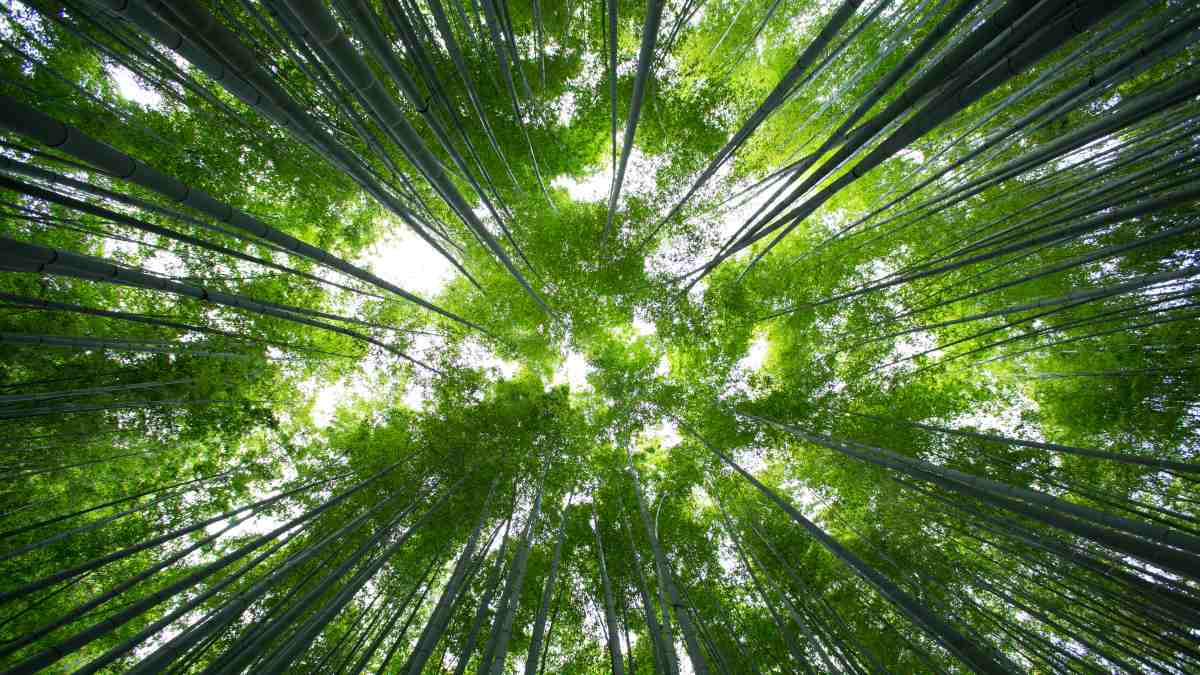In a remarkable natural event, a species of bamboo is set to flower for the first time in 120 years, an occurrence that has both excitement and concern among ecologists and local communities. While flowering is a normal part of a bamboo’s life cycle, this particular event may lead to unforeseen ecological consequences.
Bamboo is known for its unique flowering cycle, which can vary dramatically among different species. Some bamboo species only flower once every few decades or even centuries. When they do, the event is often synchronized across vast areas, resulting in a mass flowering that can last several months. After this period, the plants typically die off, which can have significant effects on the ecosystem.
In this case, the bamboo species in question is believed to be Phyllostachys edulis, commonly known as Moso bamboo. Its impending flowering has raised alarms due to the potential impact on the surrounding environment, wildlife, and local economies that rely on bamboo for construction, textiles, and food.
- Resource Competition: After flowering, bamboo plants die, which can create gaps in the forest canopy. This sudden change may allow more light to reach the forest floor, encouraging the growth of other plant species. However, this could also lead to increased competition for resources among plants and animals.
- Wildlife Displacement: Many animals rely on bamboo for food and habitat. The death of these plants could lead to a decline in local wildlife populations, as creatures that depend on bamboo may struggle to find alternative food sources.
- Soil Erosion: Bamboo plays a vital role in preventing soil erosion due to its extensive root system. The loss of mature bamboo could lead to increased vulnerability to erosion, especially in areas prone to heavy rainfall.

Additionally, the flowering could lead to a temporary surplus of bamboo seeds, which might prompt overharvesting. If not managed sustainably, this could further diminish bamboo populations and jeopardize future growth.
- Research: Conducting studies to understand the ecological dynamics of this flowering event and its consequences on local biodiversity.
- Community Engagement: Involving local communities in conservation efforts to ensure sustainable harvesting practices and alternative livelihoods during this transition.
- Restoration Projects: Developing plans for replanting bamboo and other native plants to support the ecosystem after the flowering event.


